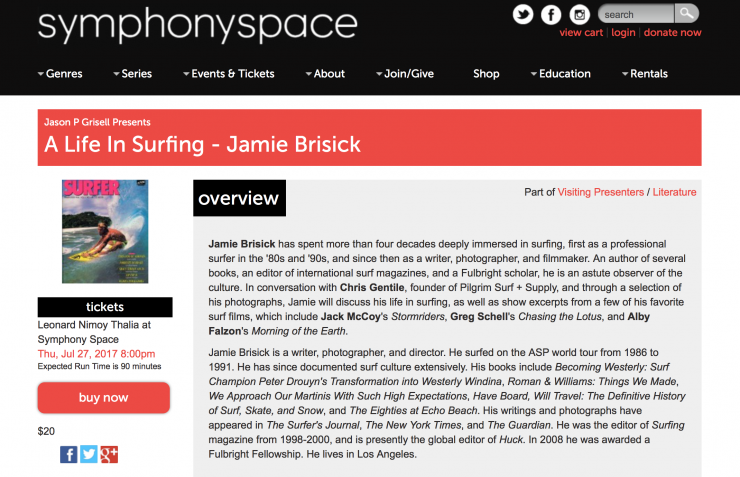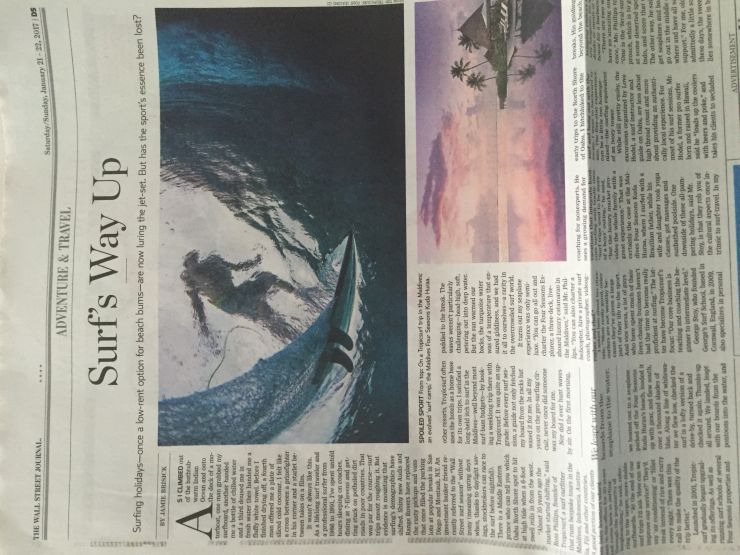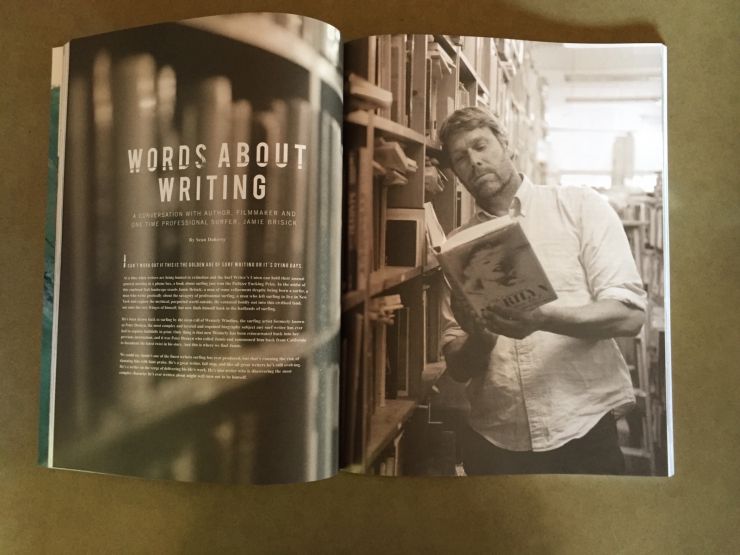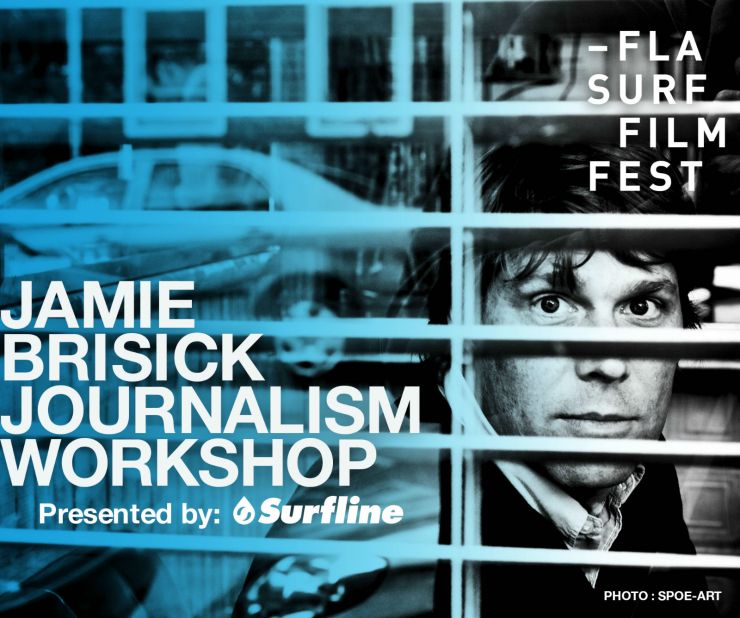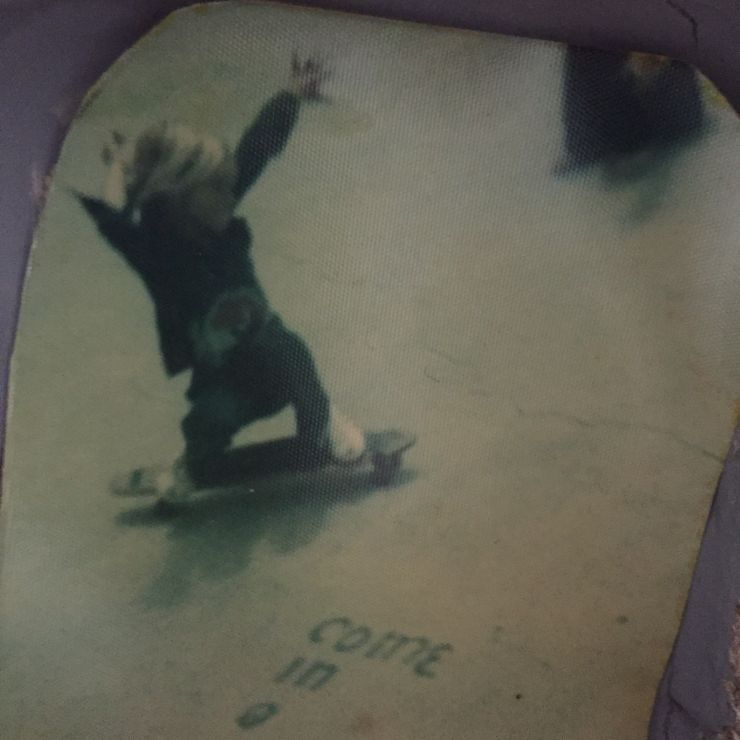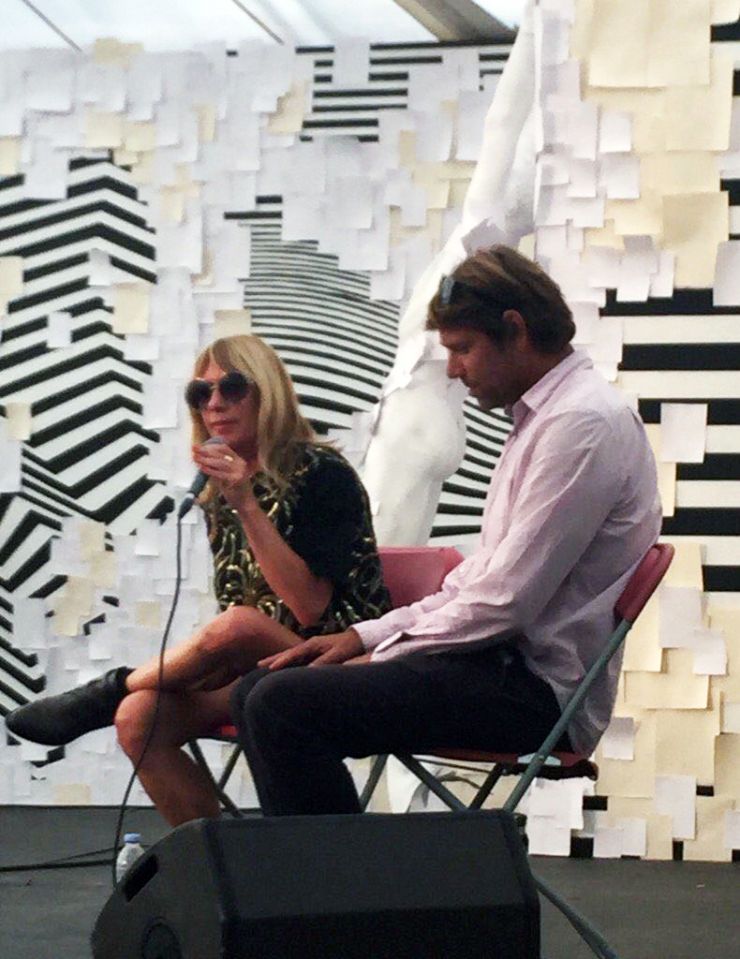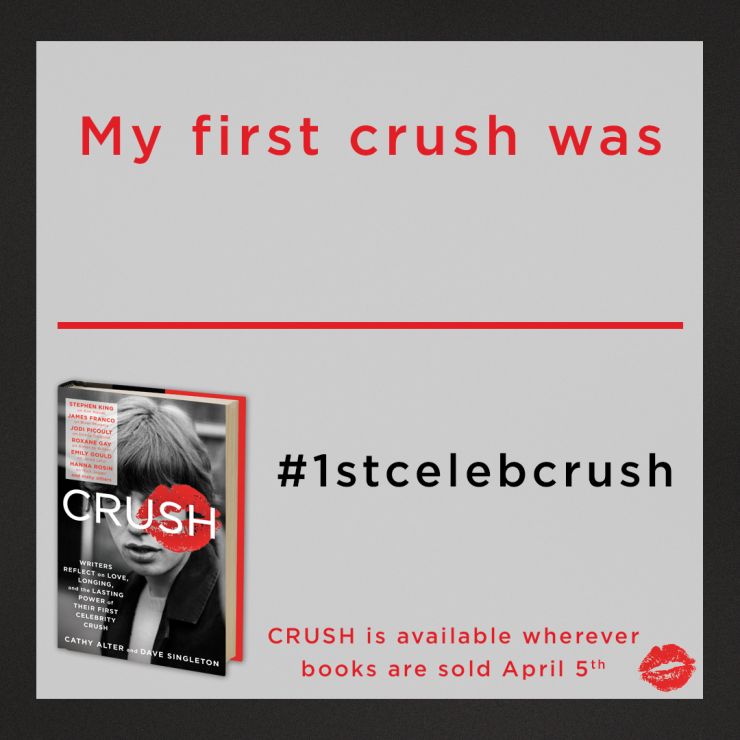He wore white pants, blue shirt, red scarf, and a white helmet with a red M on the front. His face was round, boyish. He seemed tangible to my kindergarten mind, a fellow thumbsucker and tee-ball-whacker, but in fact he was eighteen, a driver on the international racing circuit. His car was white, weapon-looking, with a three-pronged front end. Its name: the Mach 5.
My first celebrity crush was maybe the perfect kind of celebrity crush. He was beyond flesh and blood—he was a cartoon character. I found him every Saturday morning on Channel 13. The opening theme song made me salivate with joy.
Here he comes, here comes Speed Racer, he’s a demon on wheels…
Speed Racer presented a world far more interesting than the one I inhabited. There were high-speed battles against Mammoth Cars and X3s. There was Speed’s hot girlfriend Trixie and his cool little brother Spritle and their pet monkey Chim-Chim, who brought new life to the stuffed monkey I slept with at night. There was Mom and Pops, who showered Speed in love, provided a cozy respite from the dangers that lurked outside. There was that incredible way in which Speed got in and out of his car, a kind of dance/leap/swagger.
Speed bridged me from the Hot Wheels I played with in the living room to the Big Wheel I vroom-vroomed around the neighborhood. My two brothers and I took turns reenacting scenes from the show. We fought over who got to play Speed—pinching, biting, hair-pulling, the occasional mag-wheel run over an unsuspecting foot. We negotiated deals. If there was only enough Cap’n Crunch for two bowls, for instance, then whoever got to play Speed had to make due with Dad’s Cheerios. Halloween presented a fairly colossal problem that was settled through rock-paper-scissors.
Looking back, it was less about Speed than the forging of a certain kind of relationship. Speed was a hero, a role model, a spur. He taught me how to mimic, how to sublimate. My Big Wheel was not the rain- and sun-faded hand-me-down from Kevin and Steven; it was the powerful Mach 5. The sidewalk was not a mere strip of pavement at the top of Escalon Drive; it was a racetrack. I was too young to know melancholy and existential dread, but Speed was stirring in me the tools I would later use to combat these things.
And he prepared me for Evel Knievel.
I was six. The training wheels had recently come off my red Huffy bicycle. On “Wide World of Sports” we watched Evel jump nineteen cars. That night, in our bunk beds, my brothers and I replayed every last detail: his star-spangled leathers, his Harley Davidson XR750, the blue cape that he discarded before doing the big jump, the way he got us biting our nails and clenching our fists with heebie-jeebies. “How did he get the name Evel?” we debated at length. I figured it was the name his parents gave him. Steven thought it was a nickname. Kevin came up with something vaguely Faustian: “He’s broken every bone in his body and he still jumps his motorcycle over nineteen cars? That’s beyond human!”
On the following Saturday morning I did not watch “Speed Racer” on Channel 13. Instead, I went out to the garage, grabbed a couple scraps of plywood, a few bricks, and every Tonka truck in the bucket. On the sidewalk in front of our house I set up a kind of Evel Knievel miniature: launch and landing ramps with five trucks in between. I remembered that Evel wore protective headgear and ran back into the house to get Dad’s aviator sunglasses and Kevin’s Notre Dame football helmet.
“C’mon,” I called to my brothers, who were playing soccer in the backyard. “You guys gotta see this.” They followed me outside. “That’s your seat right there,” I told Kevin, pointing to the left side of the Tonka trucks, “And that’s yours,” I told Steven, pointing to the right.
They sat. I rode a ways up the sidewalk, turned around, and gunned it. But as I got close I hit my brakes, stopping with my front wheel on the ramp. Evel had done this in his nineteen-car jump—a fake out.
I scratched my crotch, adjusted my glasses, and brought my index finger to my tongue and pointed skyward (I wasn’t sure what this last part meant, but I assumed it had something to do with Evel’s religious beliefs). I surveyed the three-foot gap and Tonka trucks waiting ominously below. Then I rolled backward, rode two driveways up the block, spun around, and began my approach.
I peddled hard, my bike rocking back and forth between my legs, my mouth making the waaaah, waaaah, waaaah sound of an XR750. I felt winged. But the instant I hit the ramp it buckled under my weight. Instead of launching skyward like a bird, a plane, a six-year-old Evel Knievel, I crashed head-on into the flotsam of bricks, Tonka trucks, and plywood. My handlebars crossed up and I spilled forward, smacking the pavement with my chin. The sunglasses flew one way; the football helmet—which I’d failed to strap on—the other. Blood splattered my Mickey Mouse T-shirt. I tried my hardest not to cry.
“Where does it hurt?” asked Kevin, borrowing Mom’s line.
I pointed to my chin. He escorted me into the house. In the bathroom, Mom smeared away the blood with Betadine. It bubbled and stung.
“Do you think I broke the bone?” I asked hopefully.
“Not quite,” she said.
Big Wheels, bicycles, then skateboards. For my 11th birthday my parents got me a Bahne deck with Chicago trucks and Cadillac wheels. It had a fabulous glide, but it only really came to life when I discovered Skateboarder magazine. The year was 1977. On the west side of Los Angeles a band of teenage skaters known as the Dogtowners tore apart streets, sidewalks, drainage ditches, empty swimming pools, anything smooth and banked. Their pictures in Skateboarder captivated me. I wanted to skate like them; I wanted to look like them. Most of the Dogtowners were poor kids from broken homes. They dressed like Jeff Spicoli.
Vans deck shoes —navy blue
Tube socks all frayed and strectched out
OP corduroy shorts with boxers hanging out the bottoms
Levis corduroy pants, two sizes too big
Surf T-shirts (Blue Cheer, Natural Progression, Zephyr, Mr. Zog’s Sex Wax)
This was what my back-to-school clothes list looked like. What my loving mother did not know was that I took my spankin’ new gear out to the street and scraped it on the pavement to get it looking more “Dogtownerish.” Tony Alva wore a pimpin’ porkpie hat, Shogo Kubo wore a rising sun headband. I wore both.
Watching the Dogtowners in the surf movie Go For It was a real treat, but skating with them at Kenter Elementary School in Brentwood truly lit up my world. They possessed an insouciance, a flow, an inner music. I studied every last detail: the way they hopped the fence like panthers, held their boards as if they were rifles, pushed three times then charged down the blacktop bank in a low tuck, knock-kneed, hands like Merlin the Spellcaster. They carved up and down, up and down, drawing graceful, poetic lines, crossing-stepping to the nose here, ducking into an imaginary tube there. It was exactly the kind of projecting I was familiar with. They were riding the concrete bank as if it were a wave. In their heads they were surfing.
Skateboarding led me to surfing, surfing led me to three West Coast titles and a sponsorship from Quiksilver. I turned pro in 1986, did five years on the world tour. My pictures were in the surf mags. I signed autographs on the beaches of Rio, Biarritz, Bondi, Capetown. And even when I was at the top of my game I was still a mimicker and a hero worshipper. Before paddling out against the very pros I was trying to beat—and sometimes did—I studied their acts the way I studied Speed Racer on television at age five (Gary Elkerton scraped toes on the sand like a bull about to be let loose in a ring; Tom Curren shuffled hips, cracked knuckles).
And don’t let’s get started on this writing business. I’m a forty-eight-year-old man-child bouncing to the characters in fiction, emulating the writers and comedians I admire, still mimicking consciously and unconsciously. Not that I haven’t tapped my own inner voice, but more like that voice enjoys dancing around in other people’s shoes. I find that the monotony of yet another sunny day in Los Angeles can take on a happier hue if I imagine myself as The Dude from The Big Lebowski. Stuff that torments me, scares me, ties my stomach in knots—I think what Louis CK would do with it and it somehow lightens.
Not long ago I was giving a reading at a literary festival in Cornwall, England. It was a difficult passage about a close friend of mine who drowned while surfing in giant waves. I started improvising, telling the story as I remembered it, when suddenly I was seized by a combination of raw emotion and stage fright. I completely lost my train of thought. A hot flash washed over my face, my palms sweat, I froze up. And then George Carlin stepped in. In “Fart Jokes” he doesn’t so much crescendo as he simply runs out of material. “I have no ending for this,” he says/I said, “So I take a small bow.”
This lineage of inspirational figures, these lives that have given spirit and sparkle to my own, all trace back to Speed.
